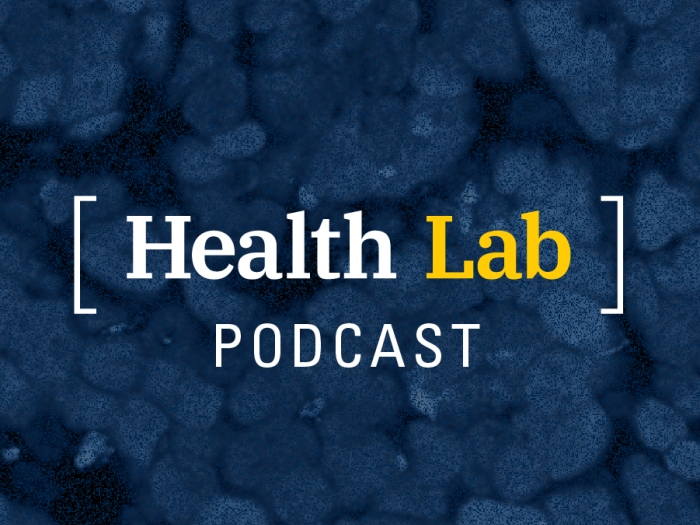Wowzers, no time was wasted once we got back from our break. We immediately launched into the biochem-heavy GI sequence with a vengeance. Many of us (myself included) were simultaneously scrambling to finish up and submit out research proposals for the Summer Biomedical Research Program (fondly dubbed SBRP). I pretty much lived in Fursty, the student study center, for a couple weeks. (Some might argue that I still live there, but there are subtle differences in the hours previously versus currently spent in those hallowed halls, I assure you.) I'm SUPER excited about the project that I'll be doing and it was absolutely worth the extra stress of dealing with the dynamic duo of GI and proposal at the same time. I'll be working in a lab that's examining potential treatments for glioblastoma multiforme (the rudest and crudest of brain tumors) that utilize the body's natural immune defenses. Totally boss.

Just in case I had too much free time accumulating (/awkward cough), I've managed to find myself involved in another research project that's currently active. It's not the most elegant work: I'm essentially double-checking the accuracy of a computer's attempts to properly delineate brain regions on MRIs. What it's being used for, however, is pretty sweet. We're looking at structural differences in the brains of pediatric OCD patients in an effort to further elucidate exactly how this disorder wreaks havoc. This is a topic that's near and dear to my heart as I suffer from OCD myself. In fact, that's what prompted me to send out a random email to a faculty member, someone I'd never met before and knew nothing about aside from the fact that he'd done work on OCD in the past (discovered thanks to the power of Google). This in turn prompted a frenzy of further emails, first between himself and a colleague, and then between the three of us that culminated in my becoming involved with this project. It was, in a word, adorable. People here are so stinkin' eager to educate and to help; all you have to do is ask.
I'm reeeeeally busy, but I'm loving everything that I'm doing. I haven't even mentioned rehearsals for The Smoker(!); I'll talk about that in a future post!

Department of Communication at Michigan Medicine
Want top health & research news weekly? Sign up for Health Lab’s newsletters today!





